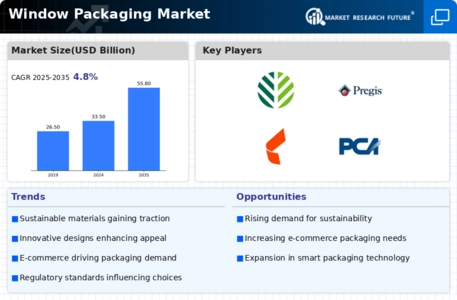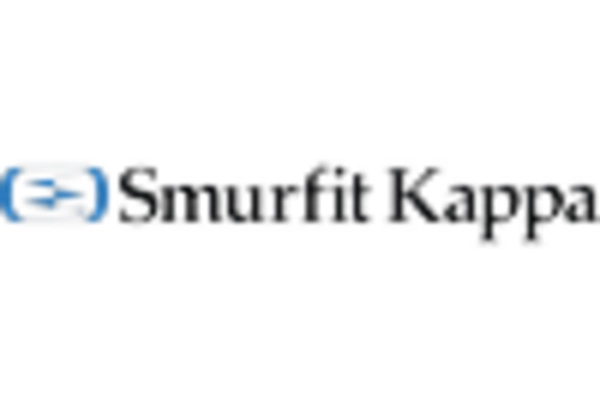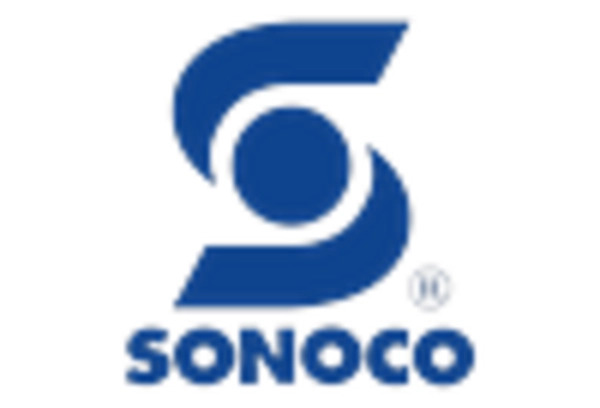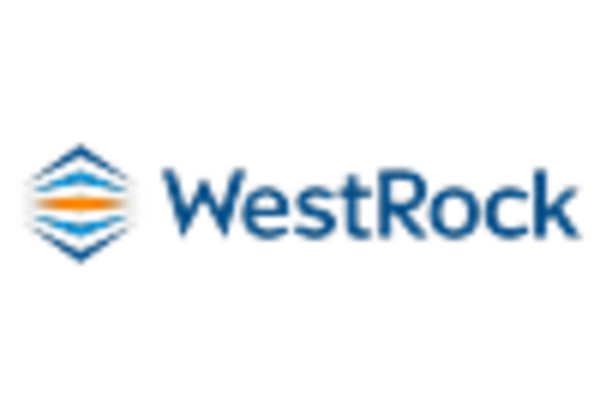E-commerce Growth
The rapid expansion of e-commerce is significantly influencing the Window Packaging Market. With online shopping becoming increasingly prevalent, the demand for effective packaging solutions that ensure product safety during transit is on the rise. In 2025, e-commerce sales are expected to surpass 6 trillion USD, necessitating robust packaging options. This trend compels manufacturers to develop packaging that not only protects products but also enhances the unboxing experience for consumers. Consequently, companies that innovate in packaging design and functionality are likely to thrive in this evolving market landscape.
Regulatory Compliance
Regulatory compliance is becoming an essential driver in the Window Packaging Market, as governments worldwide implement stricter packaging regulations. These regulations often focus on reducing plastic waste and promoting sustainable materials. Companies must adapt to these changing regulations to avoid penalties and maintain market access. The increasing complexity of compliance requirements necessitates investment in research and development to create packaging solutions that meet regulatory standards. As a result, businesses that proactively address these challenges are likely to enhance their market position and appeal to environmentally conscious consumers.
Sustainability Initiatives
The increasing emphasis on sustainability within the Window Packaging Market is driving demand for eco-friendly materials and practices. Consumers are becoming more environmentally conscious, prompting manufacturers to adopt sustainable packaging solutions. This shift is reflected in the growing market for biodegradable and recyclable materials, which is projected to reach a value of approximately 300 billion USD by 2026. Companies are investing in innovative technologies to reduce waste and enhance the recyclability of their products. As a result, businesses that prioritize sustainability are likely to gain a competitive edge, appealing to a broader customer base that values environmental responsibility.
Technological Advancements
Technological advancements are reshaping the Window Packaging Market, leading to enhanced efficiency and product quality. Innovations such as automation in packaging processes and the integration of smart technologies are becoming increasingly common. For instance, the use of augmented reality in packaging design allows consumers to interact with products in novel ways. Furthermore, advancements in printing technology enable high-quality graphics and customization options, which are essential for brand differentiation. As these technologies continue to evolve, they are expected to drive growth and create new opportunities within the packaging sector.
Consumer Demand for Aesthetics
The growing consumer preference for aesthetically pleasing packaging is a notable driver in the Window Packaging Market. Packaging design plays a crucial role in attracting consumers and influencing purchasing decisions. Research indicates that 72% of consumers believe that packaging design influences their choice of product. As brands strive to stand out in a crowded marketplace, they are increasingly investing in unique and visually appealing packaging solutions. This trend not only enhances brand recognition but also fosters customer loyalty, as consumers are more likely to repurchase products that are attractively packaged.


















Leave a Comment